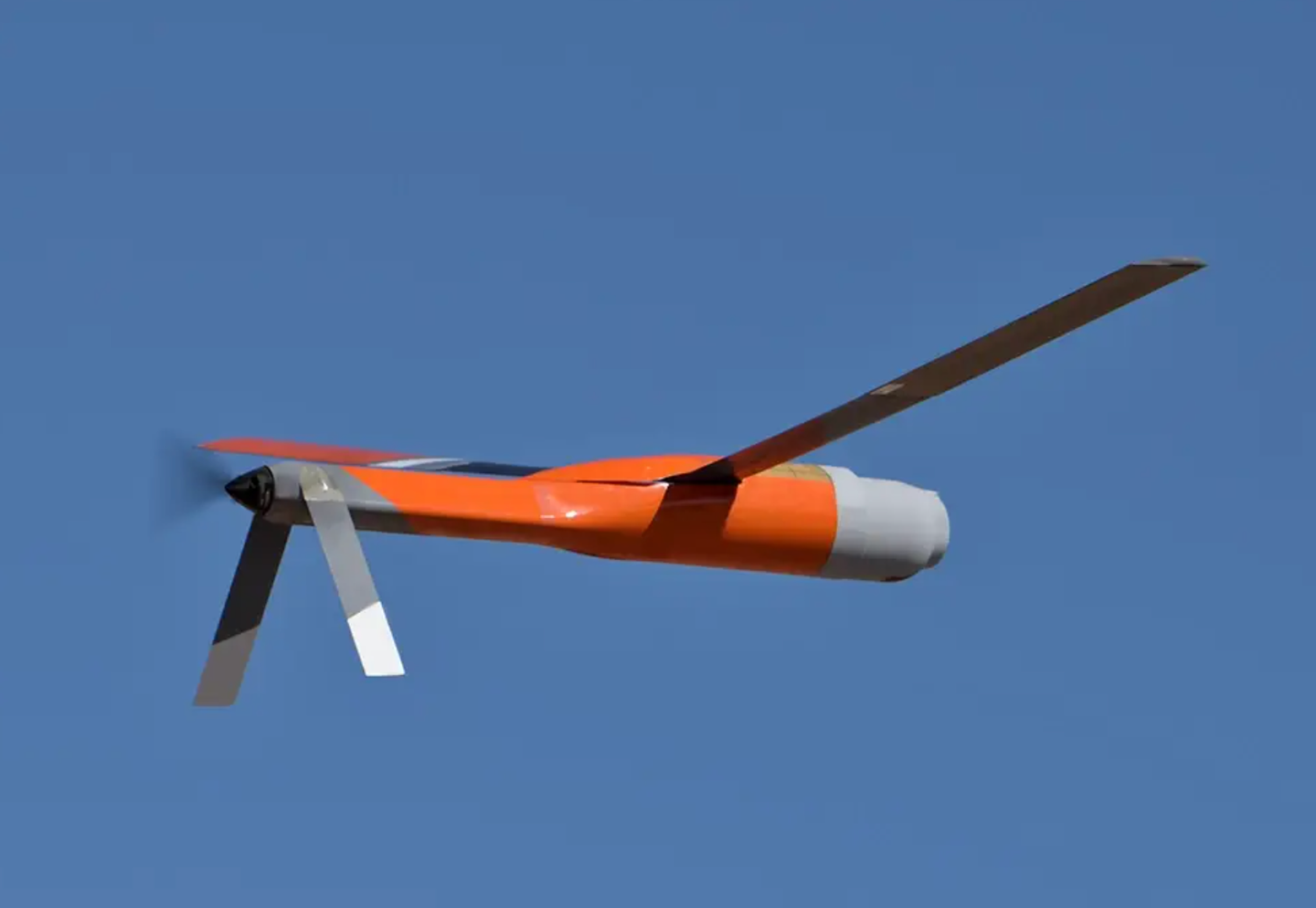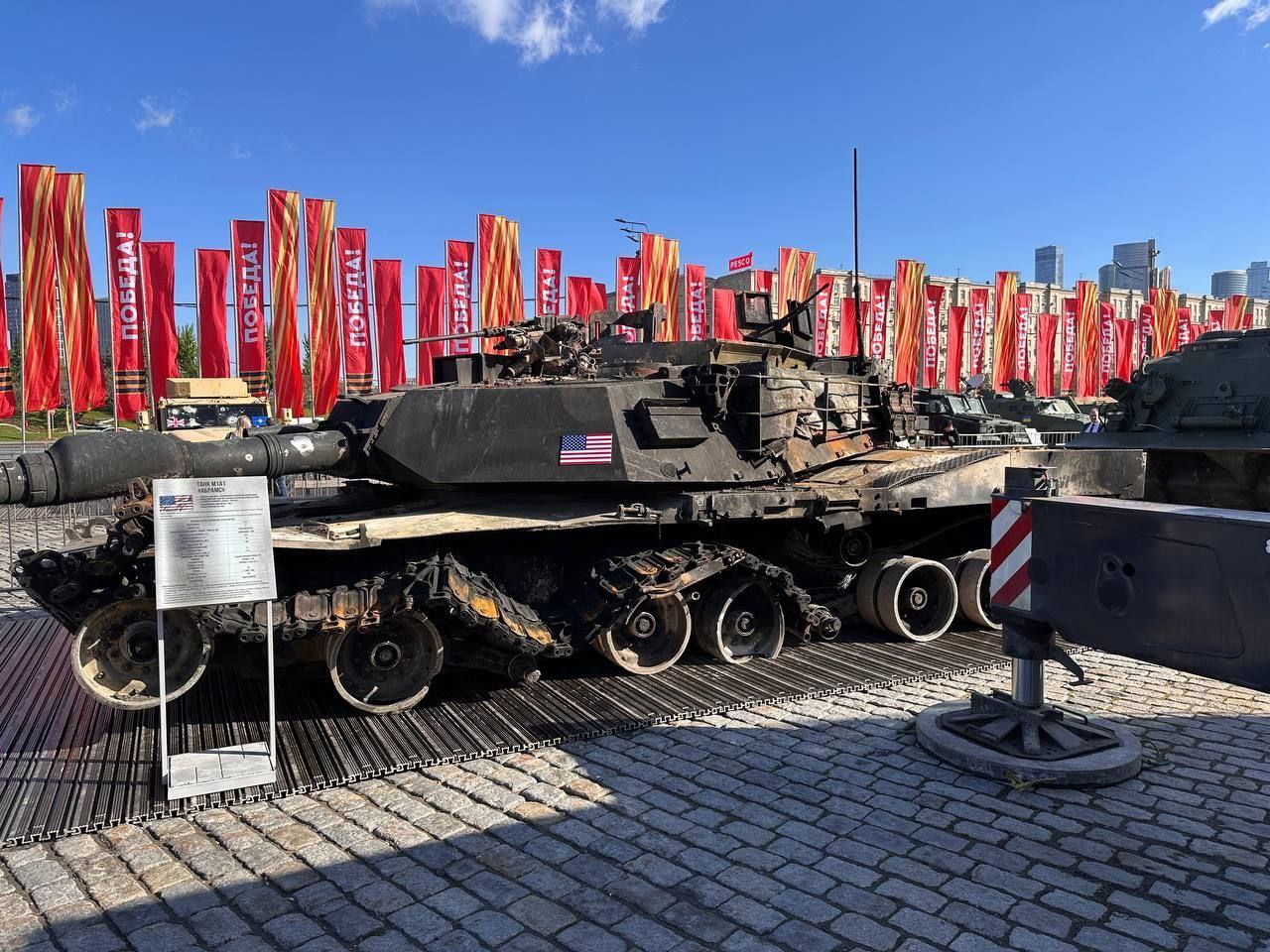The Polish Army has officially received the final shipment of M1A1 Abrams tanks, marking the end of this particular procurement phase. As of June 26, the last batch of 47 main battle tanks has been delivered. On the same day, Poland also acquired 26 M1152A1B2 HMMWV workshops and various consumables. This completion of M1A1FEP Abrams deliveries sets the stage for the future arrival of the M1A2 SEP v.3 main battle tanks for the Polish armed forces.
In April 2022, Poland signed an agreement to purchase 250 units of the latest M1A2 Abrams tanks in the SEPv3 configuration. This $4.75 billion contract includes M88A2 Hercules recovery vehicles and M1110 Joint Assault Bridges.
By July 2022, Poland decided to expedite the acquisition of approximately 240 additional vehicles to replace their Soviet-era T-72 tanks, which were sent to Ukraine as part of defense aid. To bridge this gap, Poland secured used American Abrams tanks under a separate agreement, involving 116 pre-owned vehicles from the US Marine Corps inventory, featuring updated fire control systems and enhanced armor protection.
Poland received its first batch of M1A1FEP Abrams tanks on June 28, 2023, nearly 11 months after the contracts were signed. This initial delivery included 14 tanks and three M88A2 Hercules machines. Subsequent deliveries accelerated, with 26 tanks and nine M88A2 Hercules machines arriving in November 2023, followed by another 29 tanks in January 2024.
In February 2024, Poland inaugurated a regional maintenance hub for Abrams tanks in Poznań, about 300 kilometers west of Warsaw. This facility, managed by the state-owned Polish Armaments Group (PGZ), is available to American forces stationed in Poland and other European partners requiring Abrams repairs. PGZ stated that the hub will support both Polish Abrams tanks and those deployed abroad, emphasizing the need for comprehensive service, operation, and maintenance of military equipment.
The U.S. Marine Corps' M1A1FEP tanks and the U.S. Army's M1A1 tanks share a common base but have key differences tailored to their specific operational needs. The Marine Corps' M1A1FEP tanks feature the Blue Force Tracker communication system, additional armor packages for enhanced protection, and modified suspension systems for better handling amphibious operations and rough terrain. They also have upgraded fire-control systems for improved targeting and engagement in dynamic combat situations. Logistically, these tanks are designed for self-sufficiency in austere environments, reflecting the Marines' need for extended independent operations without extensive support infrastructure.



:quality(70)/cloudfront-us-east-1.images.arcpublishing.com/archetype/2TCLA6XIY5EFZLS2GXQTD6Z7PI.jpg)
